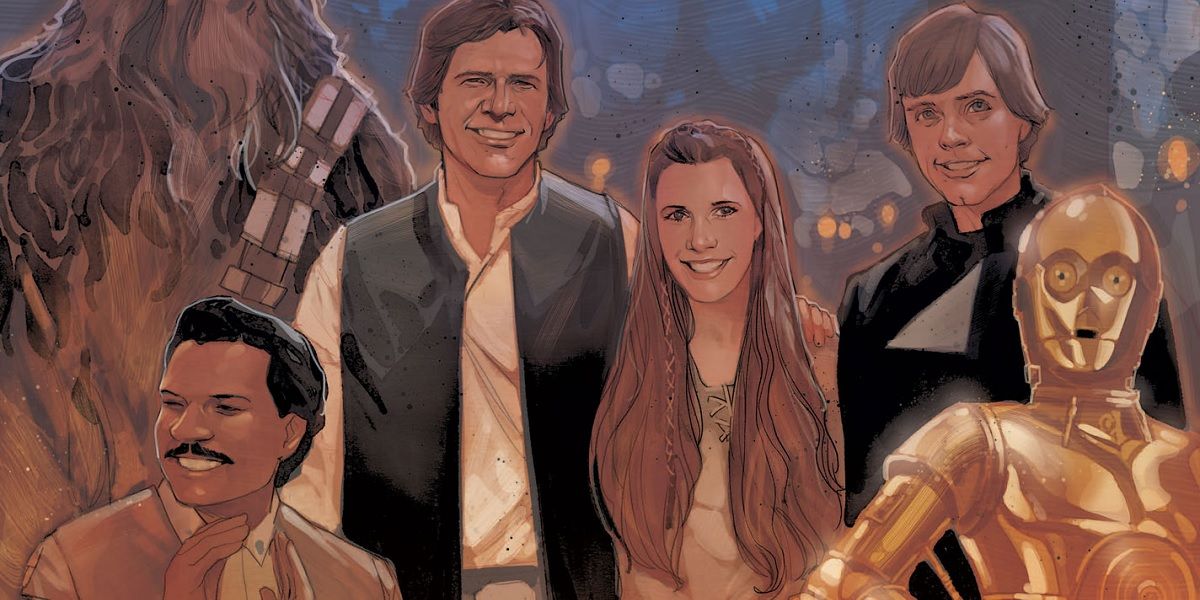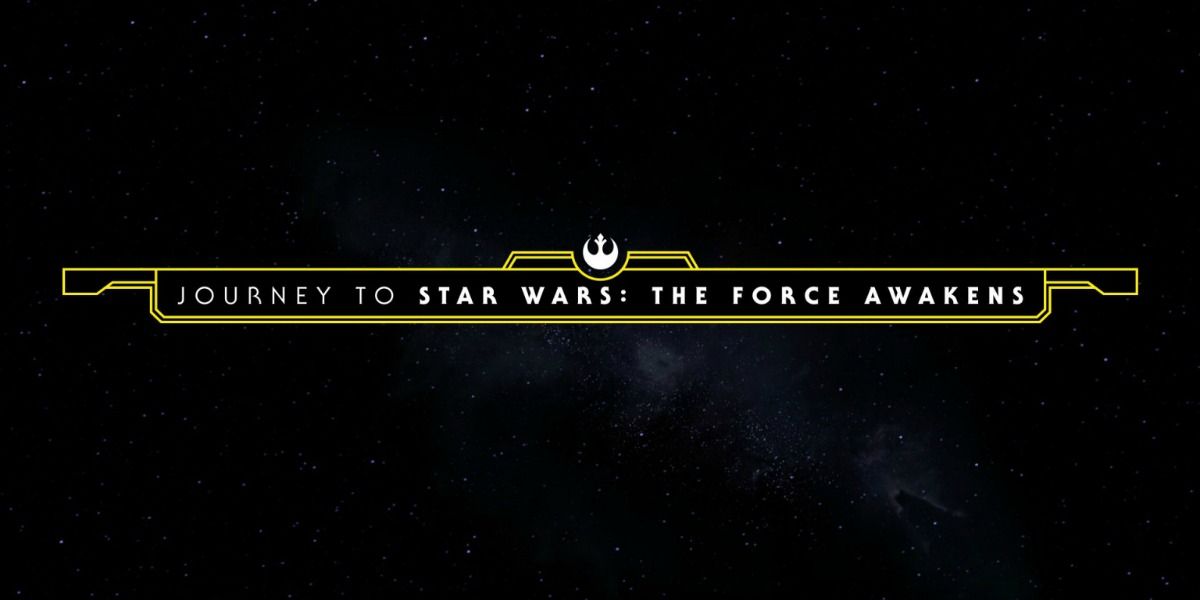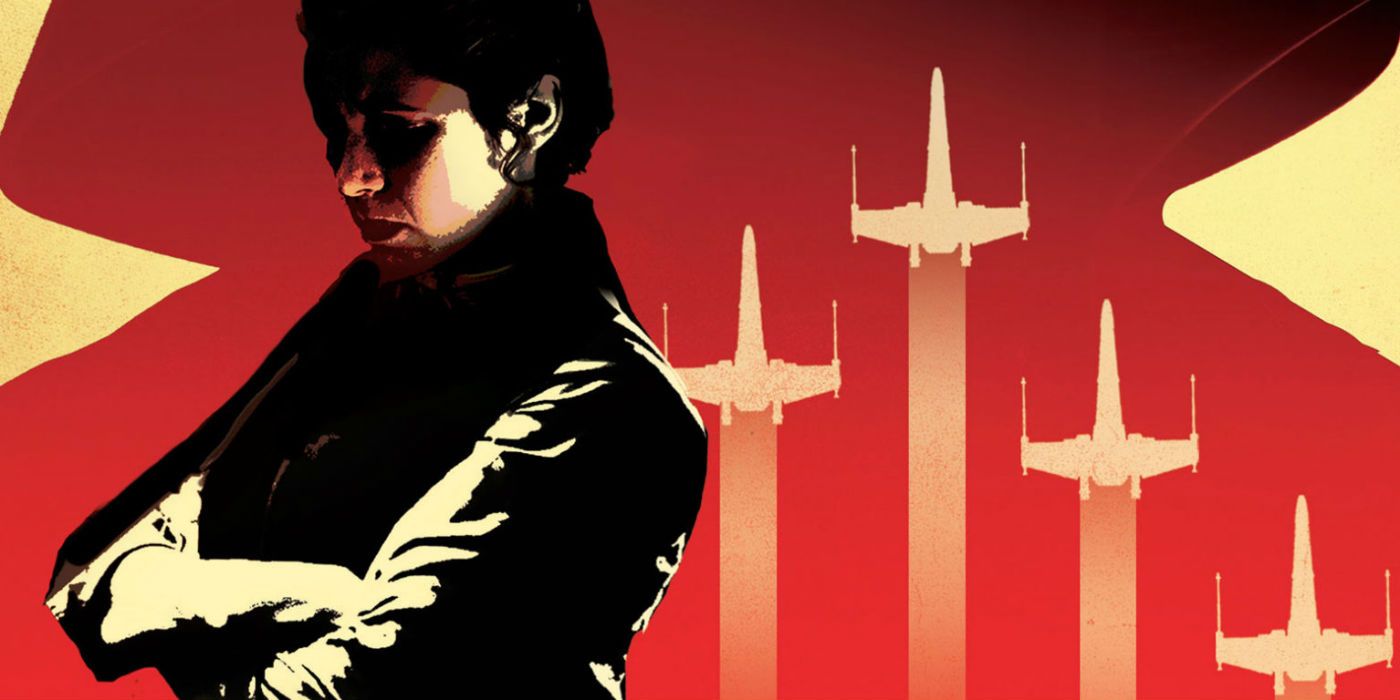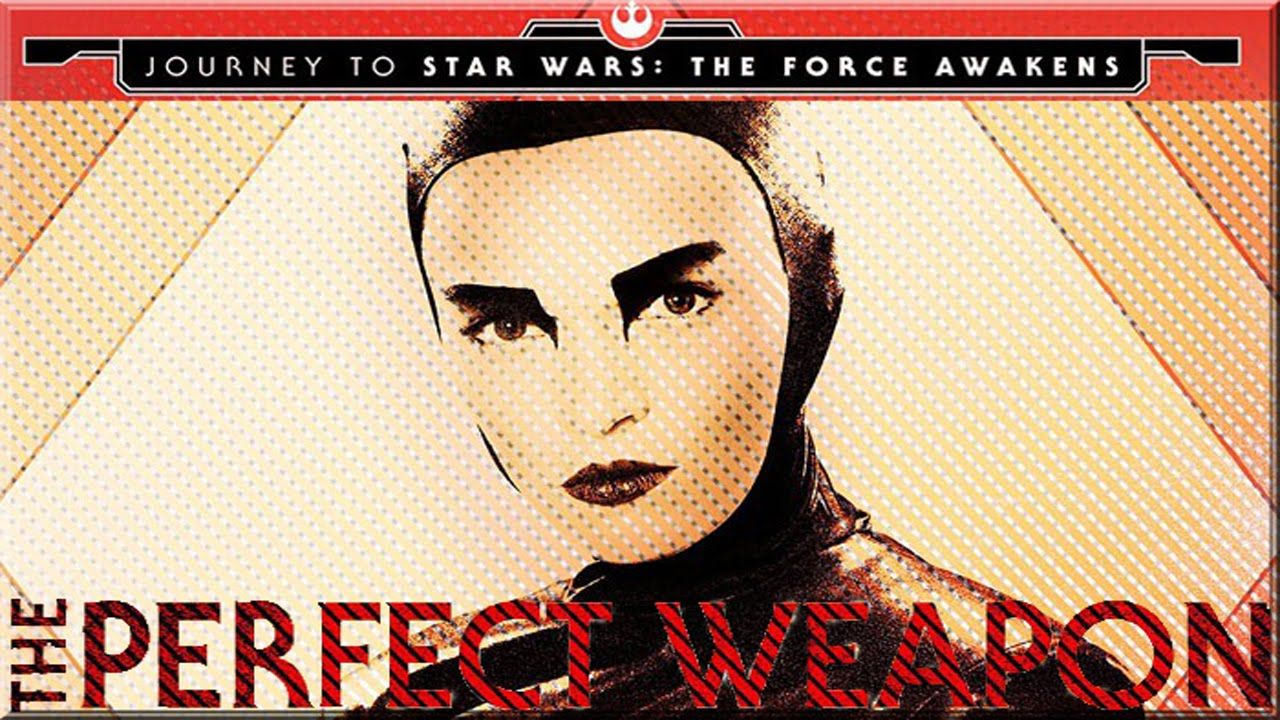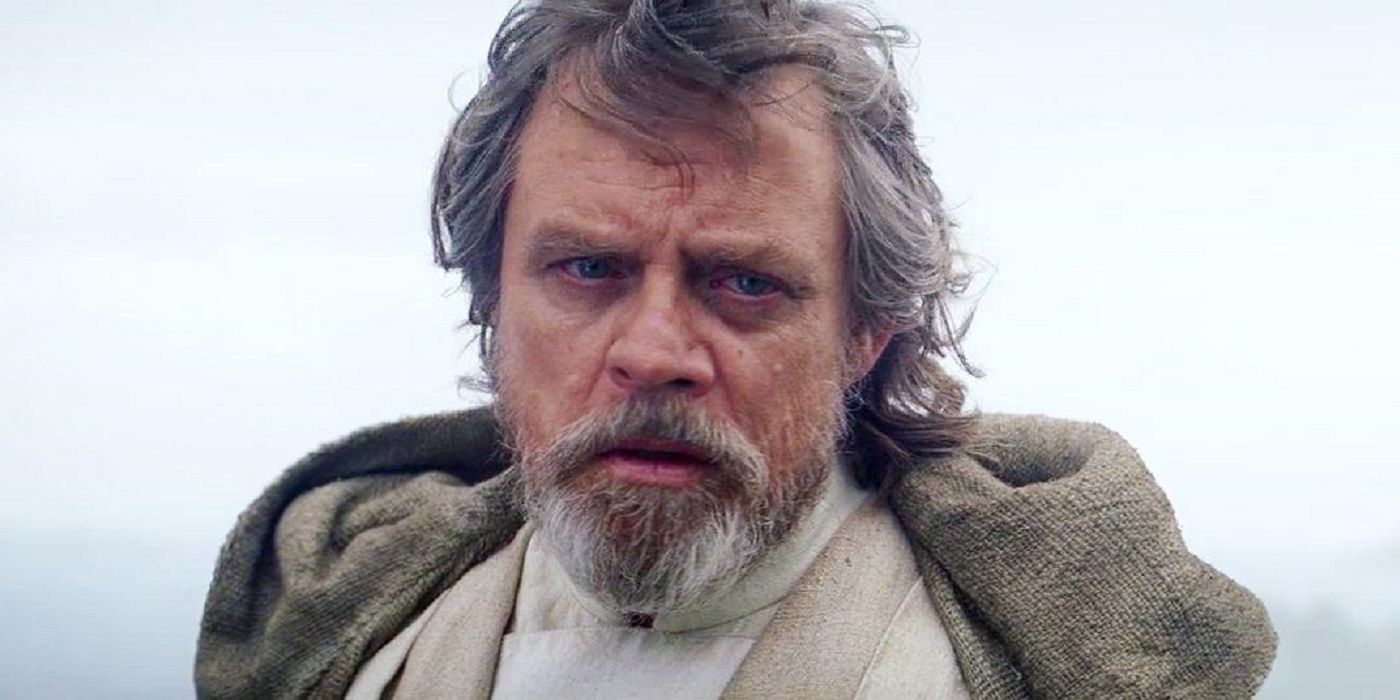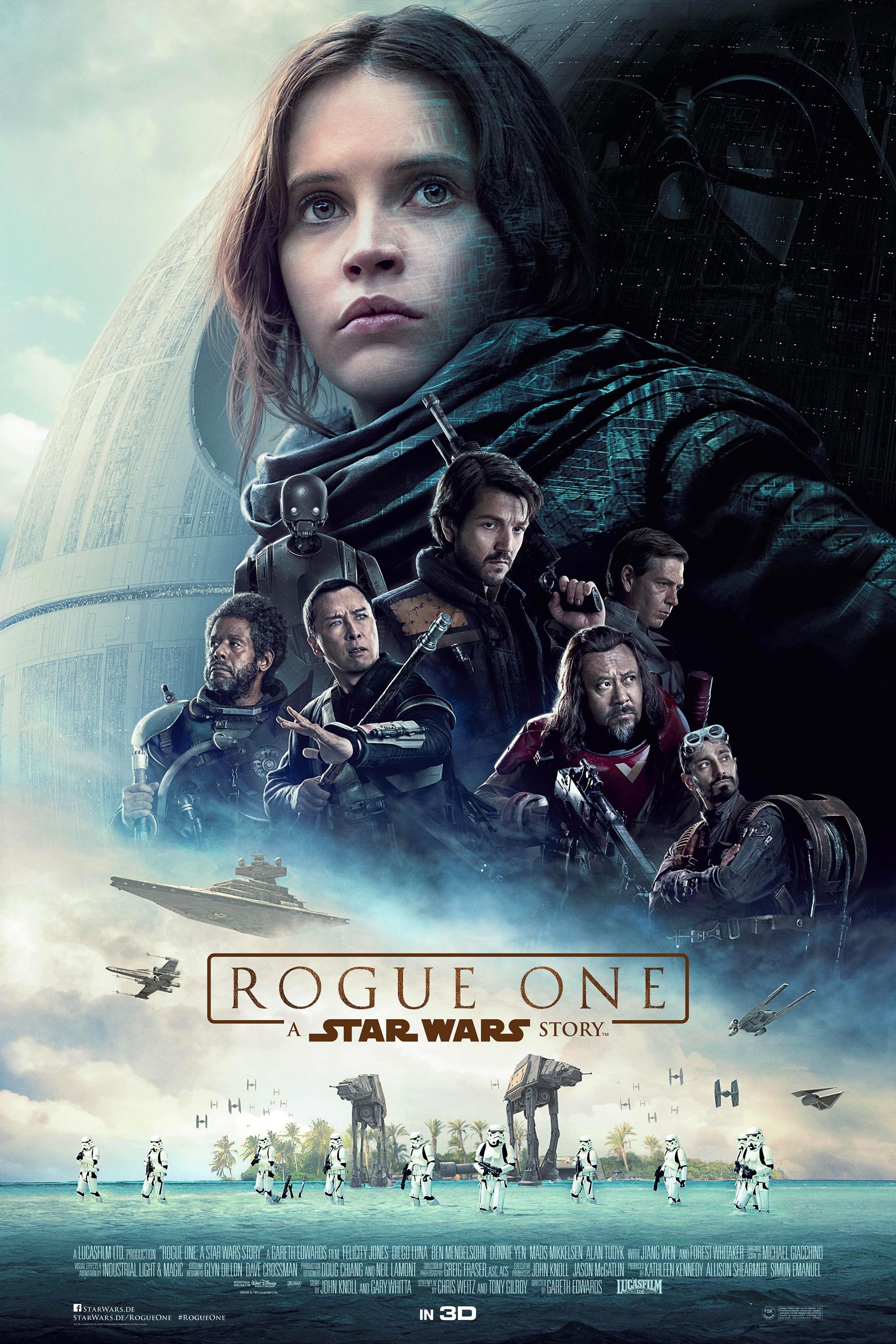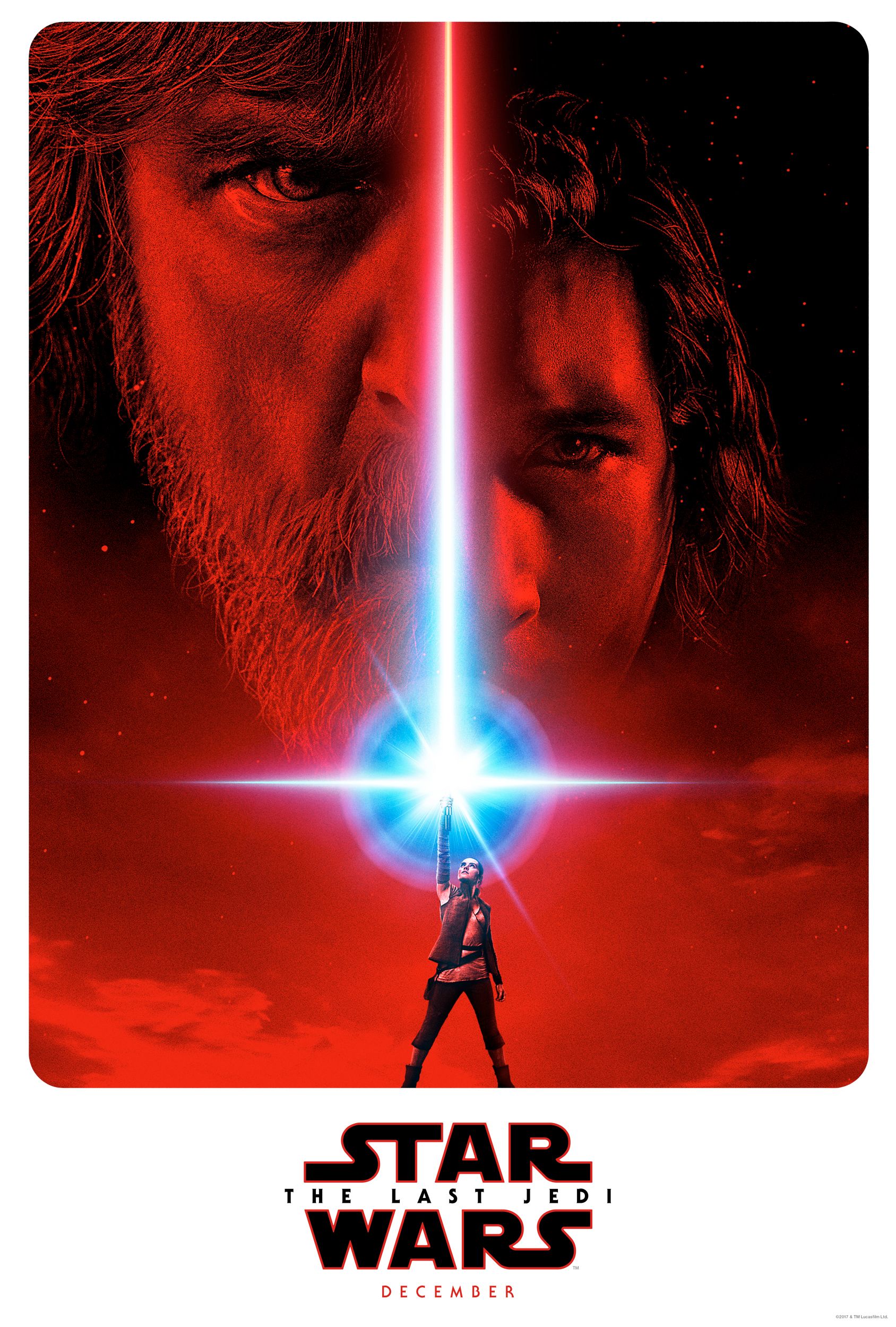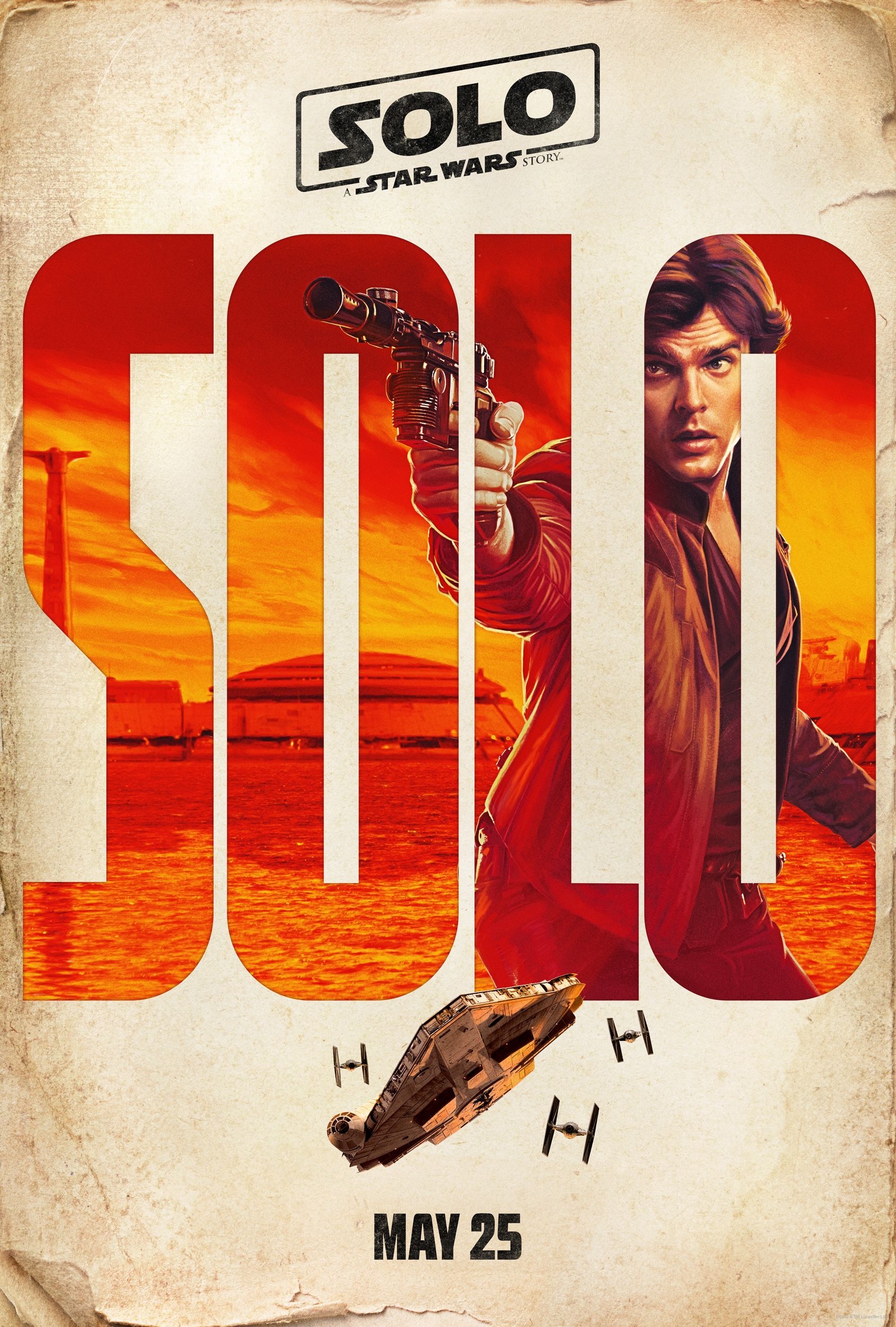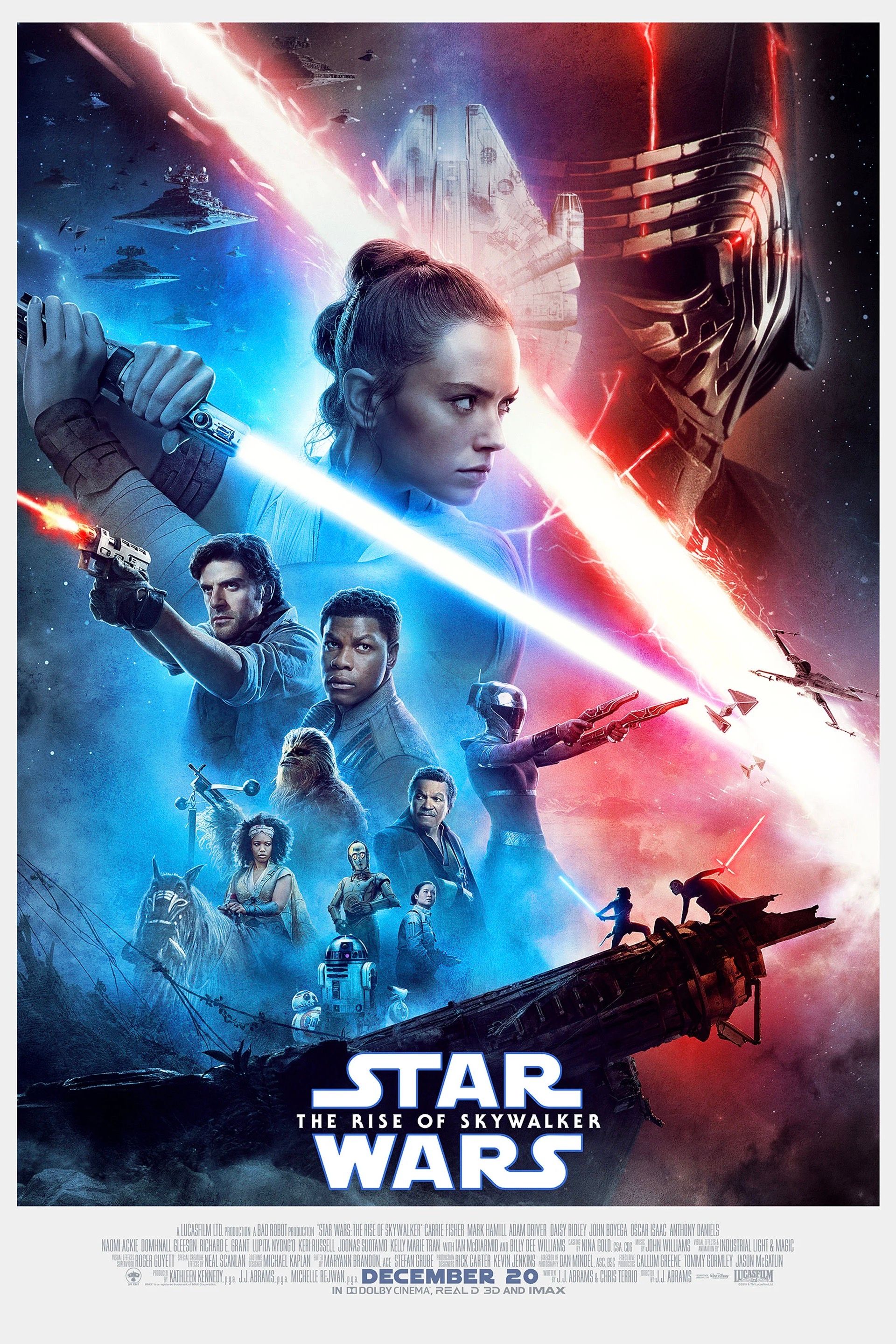Last year, in the months leading up to Star Wars: Episode VII – The Force Awakens’ release, Lucasfilm initiated its “Journey to The Force Awakens” publishing program, unleashing a torrent of novels, young adult readers, activity books, comics, short stories, and even videogames to begin the long, still-incomplete process to sketch out the 30-year gap in between that film and Episode VI: Return of the Jedi. While this wasn’t the first barrage of brand-new, now-canon Expanded Universe material (the EU being that giant collection of all the other Star Wars-related media beyond the movies), it was the first concerted effort to fill in what is easily the most anticipated era in the Star Wars timeline.
That effort has continued on throughout most of this year (though without the official moniker), releasing stories that take place closer to the start of the sequel trilogy than to the end of the original movies. And as the character arcs of figures such as Leia Organa (Carrie Fisher) and Han Solo (Harrison Ford) at long last get developed, and as more and more clues start to drop regarding the backstories of Luke Skywalker (Mark Hamill) and Ben Solo (Adam Driver), something miraculous has occurred, a realization that has surely struck many other fans around the world:
The post-Return of the Jedi Expanded Universe stories just may be more enjoyable than The Force Awakens is.
A broader range of stories
Shattered Empire tells a (short) story that features Operation: Cinder, Emperor Palpatine’s (Ian McDiarmid) scorched-earth contingency plan, and an effort by Luke to retrieve one of the most valuable relics in the entire galaxy: a Force-sensitive tree. Bloodline shows the slow, halting progress of the First Order’s emergence on the galactic scene and Senator Organa’s transformation into General Organa, creating the Resistance out of sheer force of will and spite. All the while, clues as to the future of the Star Wars movies are subtly accrued, revolving mostly around the existence of ancient, possibly secret Jedi temples off-world – a good hint at where Episode VIII might be heading.
Contrast this with the plot of Episode VII: dark side-loving fascists have sprung a civil war to totally dominate the galaxy, and a small, ramshackle rebellion has risen to try and prevent the worst from happening. Along the way, an orphaned youth on a remote desert plan rises to help do her part in the conflict, where she comes into contact with a tiny, wizened master of the Force and a larger-than-life superweapon that can wipe out planets in the blink of an eye. The difference couldn’t be any more pronounced: while both sets of stories are engaging, one is original and inventive, the other recycled and just a little stale (though still successful in its attempts to generate excitement for future installments’ twists and turns, it must be said).
Granted, this comparison may not be a completely fair one, as the scope of a comic book miniseries or novel is significantly different than that of a summer tentpole blockbuster; the action quotient, for one thing, is far lower, and the ability to slow down the pace even further to concentrate on character is far greater. Furthermore, the more literary media – novels, short stories, and, to a lesser extent, comics – favor introspection by default, and they are intrinsically bound with character development, something that the fast-moving movies simply can’t compete with. The ability to pause whatever action is going on to engage in heapings of exposition is, in this case, pure gold, as content-starved fans who have had a decades-long burning desire to get to know the sequel interstitial period finally get their fill – all while allowing for the minutiae of, say, how the New Republic was painstakingly set up or how the vast conspiracy to keep the First Order secret for as long as possible is executed.
Another important difference to take into account is the simple fact that the “Journey” items are legion, whereas there’s just one Force Awakens; being afforded the opportunity to tell the overarching narrative in bite-sized chunks that can stand to focus exclusively on, say, the liberation of Kashyyyk (Aftermath: Life Debt) or on the character of C-3PO (C-3PO #1) can make all the difference, allowing for more leisurely detail and all-around refinement.
Still, in many instances, the various “Journey to Force Awakens” materials represent world-building not necessarily at its finest, but certainly at a high level of quality, and easily the best that the Star Wars meta-franchise has provided since its inception 39 years ago. The helps to level the playing field a bit more.
Balancing Both of the Trilogies
Love them or hate them, the prequels introduced some elements into the Star Wars mythology that were both original and differentiating, providing not only a fresh perspective unto that galaxy far, far away, but also one that is insightful in a way that the previous films didn’t really offer. All of this can be summed up in that usually-dreadful word: politics.
The slow-burn plotting of the Dark Lords of the Sith from their hiding place in Coruscant’s shadows, the delicate balance of power between the Jedi Council and the Galactic Senate, the interstellar machinations of both political and economic players – all of these are swept aside in the first sequel installment, but they’re on high display in the various Expanded Universe volumes in question. The Aftermath trilogy, which has already established itself as the heart of the “Journey” program thus far, thrives off of such political and personal intrigue, showing the formative years of a movement that will eventually call itself the First Order. Before the Awakening is a vital glimpse into the full state of interstellar affairs right before The Force Awakens whisks audiences off into the Second Galactic Civil War. Even the videogame Uprising provided a full accounting of how one particular sector of space attempts to cope with the fall of the Emperor and all the various forms of civil unrest that follow.
All of which is not to say, of course, that the sequels have to include such subterfuge or behind-the-scenes manipulations; it’s just that Episode VII is so busy telling its specific story with its specific cast of characters, it doesn’t have time to pause and give an accounting of the world that the plot takes place in. (It’s also nice to see all of Star Wars be integrated and balanced instead of having half of it be summarily dismissed.) It can leave the viewer feeling discombobulated, like he’s missing an important part of the overarching narrative – which may be the same exact feeling that Episode IV: A New Hope conjured all the way back in 1977, but that original film was constructed (well, ultimately) with the thought that its convoluted backstory would eventually be realized into an entire trilogy. There is no such missing expositional component here.
This is actually what transforms “Journey to The Force Awakens” from an ultimately throwaway side story into an absolutely essential part of the overall Star Wars mythology – it means, for instance, that the Resistance goes from being some amorphous entity to a fully-fleshed-out movement, with a complete history and voice and series of relationships with not only the First Order, but also the New Republic, as well. With this more grounded context – one that is itself more grounded in the complete Star Wars lore – Force Awakens is significantly more enjoyable.
The dark side of “Journey”
Making the slate of periphery releases required reading may be a good business practice for the new, firing-on-all-media-fronts Lucasfilm (well, beyond the fact that it arguably takes away from the narrative experience contained solely within Episode VII, of course), but it doesn’t make it a flawless business strategy; there are absolutely certain releases within “Journey to Force Awakens” that are obvious cash-ins, or which aspire to the level of greatness that their brethren contain but which just can’t quite pull it off.
We’re talking here, first and foremost, of the Look and Find and Droid Factory children’s activity books – whose value lie more in their age-appropriate fun rather than any type of expositional or foreshadowing content – but also, surprisingly, of all of the short stories that were released as part of the publishing program. While the Amazon eShort “The Perfect Weapon” is well written and enjoyable insofar as it goes, it has absolutely zero relevance to The Force Awakens (or, we’d wager, the other two installments of the sequel trilogy), making its cliffhanger ending more frustrating than worthwhile. And all six entries written by Landry Walker can’t even meet this benchmark, featuring amateurish writing, cliché plots, half-realized characters, and banal resolutions. (The only saving grace here is “The Crimson Corsair and the Lost Treasure of Count Dooku,” which at least takes one of the several loose threads from the Clone Wars animated series and ties it up, providing some sort of payoff for the diehard Star Wars fan, if not for the potential sequel trilogy viewer).
Such cash-in products only serve to cheapen the “Journey” branding and to leave a bad mouth in consumers’ mouths – especially those who felt compelled to purchase every last tie-in release, requiring a healthy chunk of change as well as of time. Say what you will about director J.J. Abrams’s installment of the film franchise, but at least he ensured every scene added something to the plot, to the characters, or to the series’s overarching thematic predilections.
The final verdict
The evidence seems to pretty strongly favor the answer that “Journey to The Force Awakens” is, indeed, the superior addition to the Star Wars mythos, especially when one considers that it substantially improves Episode VII’s narrative experience in the process; it’s much easier to accept that Han, Chewbacca (Peter Mayhew), and Leia are all essentially right back where audiences left them 32 years previously when we know what twists and turns they have been through in the interim, when we know, for instance, that Han tried to live a legitimate lifestyle before giving it all up, throwing in the towel, and returning to his smuggling days. It’s just a shame that only a small fraction of the movie’s viewers will ever get this full story.
Then again, when viewed in the specific context of expense-to-payoff ratio, there are far fewer media items more enjoyably efficient than film, and Star Wars: Episode VII – The Force Awakens is expertly constructed in this regard, leaving viewers engaged and entertained and transported once again to that galaxy far, far away. There’s just no competition on this front.
The final takeaway, then, is perhaps banal, but one that is nonetheless valid: we should all consider ourselves lucky that we have access to both sets of releases, allowing for what is shaping up to be one of the greatest continuous narratives Hollywood has yet produced.

